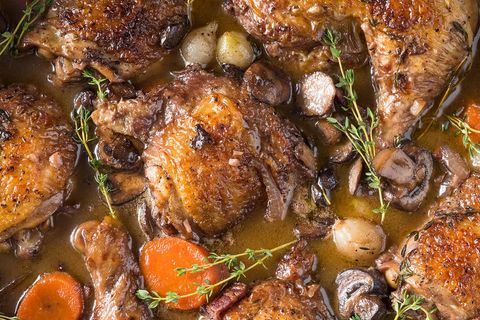Alcohol-Free
Alcohol
Drinks
Question
What is meant by Alcohol-Free?

by Christine Humphreys
Published: May 14, 2006 Last updated: December 24, 2023
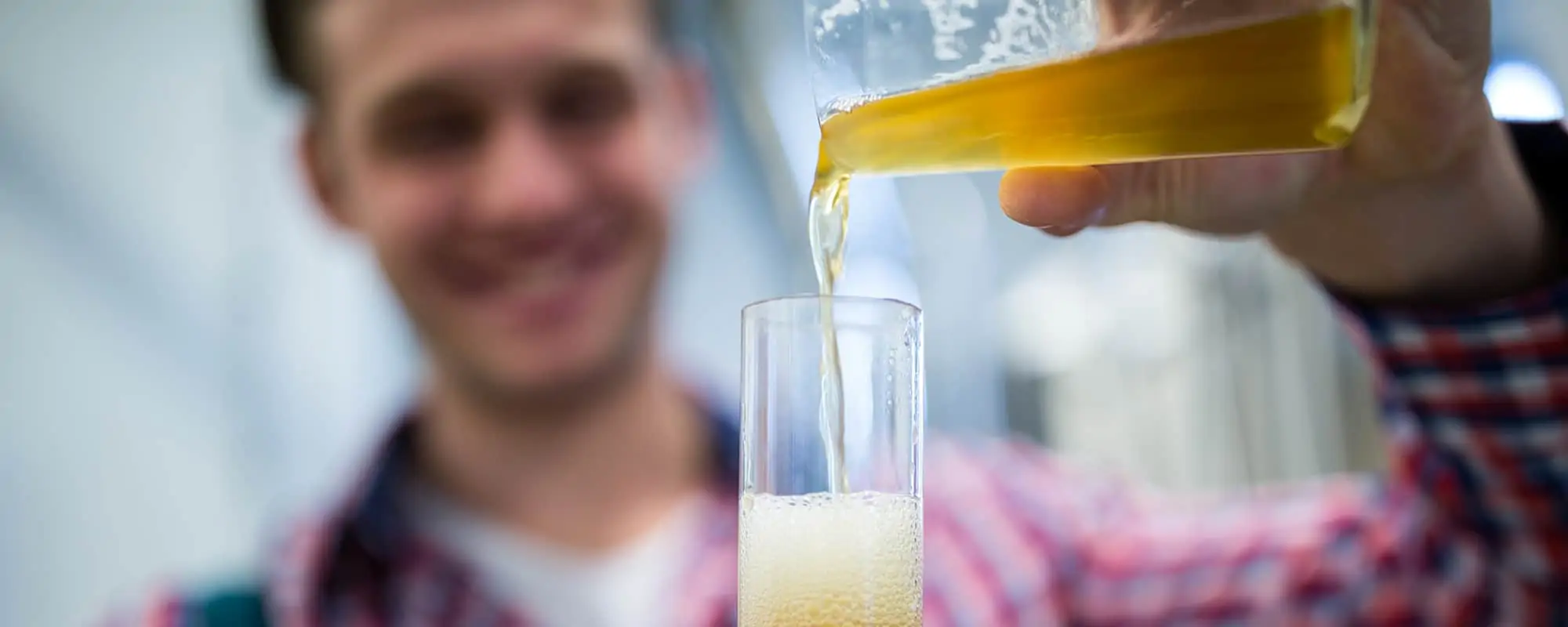
Question
What is meant by "alcohol-free"?This depends on the type of product in question but, generally, we mean a product contains no, or only small traces, of ethanol-based alcohols.
To explain this further we’ll look at the specific product types individually.
Drinks
There are no government controls on the terms that can be used to describe drinks without alcohol.
Drinks in this category are usually labelled as alcohol-free, non-alcoholic, de-alcoholised or low-alcohol.
The UK government has made a number of attempts to form legislation to control the labelling of alcohol substitutes. Despite several consultation procedures, no law has yet been agreed.
Instead, drinks producers have been asked to self-regulate the way these products are labelled depending on the level of alcohol present.
The government has produced guidelines which split drinks into the following categories:
- Alcohol-free: Contains 0.05% alcohol or less
- De-alcoholised: Contains 0.5% alcohol or less
- Low-alcohol: Contains more than 0.5% but no more than 1.2%
The system can cause confusion for consumers and frustration for producers as there is no hard and fast rule and the terms alcohol-free and non-alcoholic are widely considered interchangeable.
In most of Europe the situation is more straight forward. Drinks containing up to 0.5 per cent alcohol by volume are classed simply as alcohol-free and they do not use the ugly word de-alcoholised.
In some countries, however, drinks labelled alcohol-free can contain up to 1% ABV and drinks considered low-alcohol – such as wine – may be as high as 8% ABV.
This may cause concern for those who need to avoid even drinks containing up to 0.5% ABV.
Some of our drinks contain up to 0.5% ABV. To put this into context, a normal glass of fresh orange juice can naturally contain up to 0.5% alcohol, as can natural yogurt and kefir. A banana contains about 0.4% and some types of bread – including burger buns – can contain as much as 1,2%.
Drinks such as old-fashioned cola or dandelion and burdock that are considered ‘soft drinks’ can also contain up to 0.5% ABV and the malt vinegar you put on your chips is about 0.2%. Cough mixture can cantain as much as 17% ABV.
Most products do not have to include an ABV declaration. It is only alcohol beverages and alcohol substitutes which are required to include this information on labels.
Each product page on our website clearly states how much (if any) alcohol is present in the product.
We sell only wine , beer, spirit substitutes and mocktails with no higher than 0.5% ABV.
Chocolates
Small amounts of alcohol may also be present, albeit in small amounts, in confectionery. Most people will realise that chocolate liqueurs contain significant amounts of spirits such as whiskey, brandy, rum, or sherry.
Many people do not realise that chocolates described as ‘truffles’ – eg, a rum truffle, may, as the name suggests, contain rum and not just ‘flavouring’.
Few people realise that vanilla essence, common in many confectionery products, can contain around 35% ABV. Not all vanilla contains alcohol, some are synthetic and alcohol-free.
In most cases, other than liqueurs, the alcohol content in chocolates is very low, however, it would be prohibited in some cultures.
Health and beauty products
Alcohol is a toxin and an irritant. It can cause skin dehydration, inflame skin problems and promote signs of ageing.
Despite its potentially damaging side effects, it is used in a wide range of cosmetic products and perfumes including essential oils as it is an effective ‘carrier’ of aroma and preservative.
Some products contain denatured alcohol, also known as ethyl alcohol, that’s had chemicals added making it unfit for consumption.
There is a difference though between the grain alcohol ethanol and an ingredient called cetyl or stearyl alcohol.
Cetyl and steryl alcohol are made from plant oil. It does not cause drying and is suitable for those avoiding alcohol for religious reasons such as Muslims.
How much did you learn from this article?
Greetings, intrepid learner! Ready to test your knowledge on the world of alcohol-free products? We'll explore the nuances of labels and the unexpected places you might find a splash of ethanol. Remember, this quiz is for enlightenment, not inebriation, so let's jump in and see if you can score a sober victory!

About The Author
Christine Humphreys
Chris Humphreys is the co-founder of The Alcohol-Free Shop and AlcoholFree.com. She was a journalist for more years than she cares to remember. Ex-wife of an alcoholic, enthusiastic amateur musician and a passionate dog lover.
10 Delicious Non-Alcoholic Drink Recipes You Can Make Right Now With Ingredients You Probably Already Have In Your Kitchen
January 05, 2023
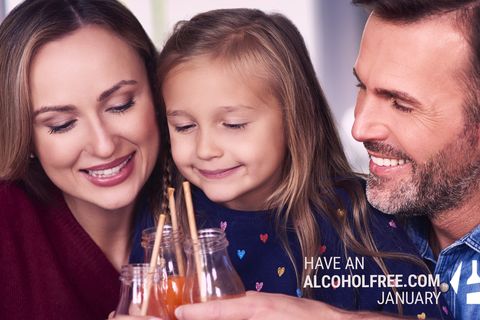
Calm your stomach with these delicious ginger biscuits!
September 15, 2021

Are alcohol-free drinks safe during pregnancy?
May 28, 2021
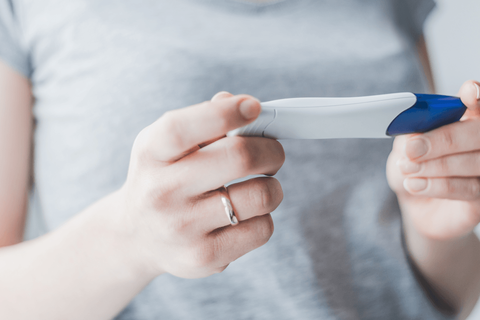
Is there a non-alcoholic red wine that tastes as full-bodied as Apothic red?
April 22, 2021
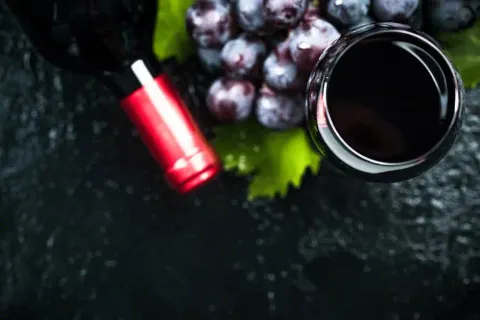
How many units of alcohol in a bottle of alcohol-free wine?
January 27, 2021
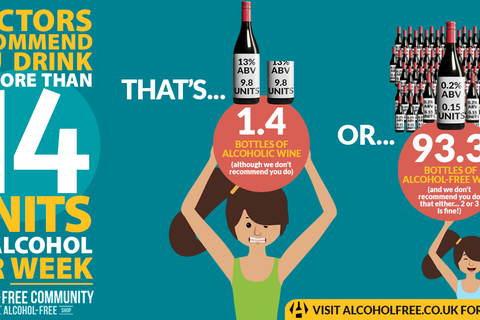
Do you have any alcohol-free Malbecs?
January 24, 2021
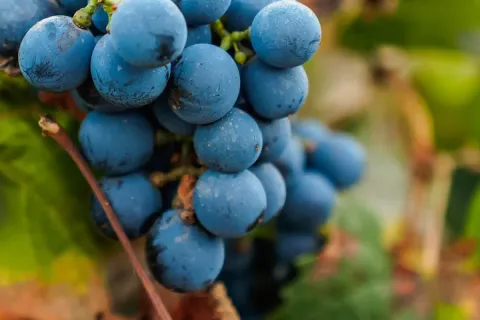
Does alcohol burn-off during cooking?
January 20, 2021
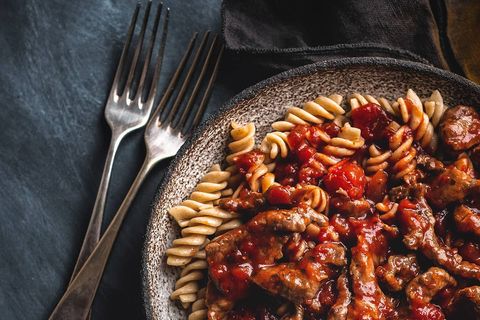
How to cook great food - without using alcohol
January 20, 2021
